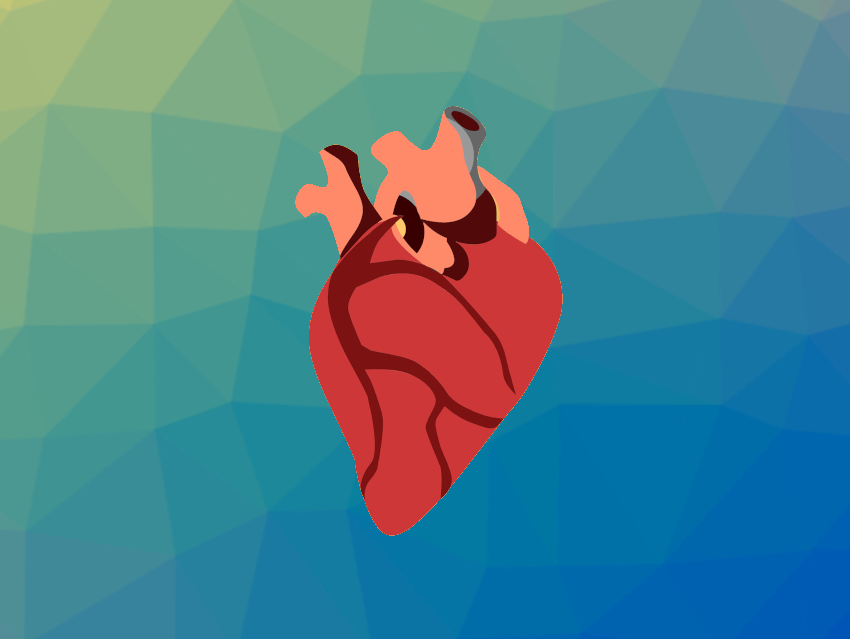Microplastics are plastic particles less than 5 mm in size. Humans are exposed to microplastics via inhalation and ingestion, and microplastic particles have been found, e.g., in the lungs. In comparison to organs that are directly accessible from the outside, there is a lack of information about the exposure of fully enclosed internal organs to microplastics.
In a pilot study, Kun Hua, Xiubin Yang, Capital Medical University, Beijing, China, and colleagues have investigated whether microplastic particles can be found in the human cardiovascular system. The team collected heart tissue samples from 15 patients during cardiac surgeries, as well as pre- and post-operation blood samples from seven participants. Depending on the necessary surgery, different types of tissue were collected, e.g., from the pericardium, myocardium, epicardial adipose tissue, or pericardial adipose tissue. The team then analyzed the samples using laser direct infrared (LDIR) imaging.
The researchers identified microplastics in all collected types of samples, but not in each individual sample. The particles had diameters of up to 469 μm and consisted of nine different types of plastic, including polyethylene terephthalate (PET) and polyurethane (PU). The tissue samples contained higher amounts of microplastic particles than the corresponding blood samples from the same individual, which might indicate potential bioaccumulation. The types and sizes of microplastics in the blood samples collected before and after surgery were different, which could be caused by exposure during the procedure.
Although the study had a small number of participants, the work provides preliminary evidence that various microplastics can accumulate and persist in heart tissues. It also shows that invasive medical procedures might be an overlooked source of microplastics exposure, providing direct access to the bloodstream and internal tissues.
- Detection of Various Microplastics in Patients Undergoing Cardiac Surgery,
Yunxiao Yang, Enzehua Xie, Zhiyong Du, Zhan Peng, Zhongyi Han, Linyi Li, Rui Zhao, Yanwen Qin, Mianqi Xue, Fengwang Li, Kun Hua, Xiubin Yang,
Environ. Sci. Technol. 2023.
https://doi.org/10.1021/acs.est.2c07179



